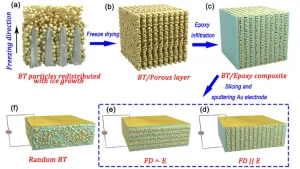
Analysis of high dielectric constant
In the wave of nanotechnology, two-dimensional materials have become a focus in the field of materials science due to their atomic scale thickness and unique physical properties. Among them, High-k
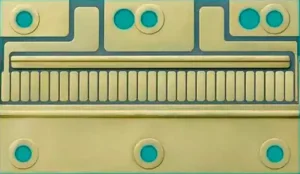
How to Achieve Effective Routing on Ceramic PCBs
With the continuous increase in power density and operating frequency of electronic systems, traditional organic PCB materials are gradually reaching their performance limits. Ceramic PCBs, characterized by high thermal conductivity,
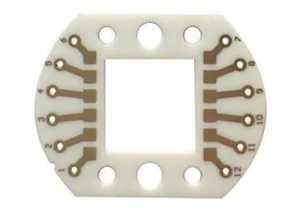
Key Methods for Achieving Efficient Routing on Ceramic PCBs
With the continuous advancement of power electronics and high-reliability electronic systems, ceramic PCBs have gained widespread application in power modules, automotive electronics, and industrial control domains due to their superior
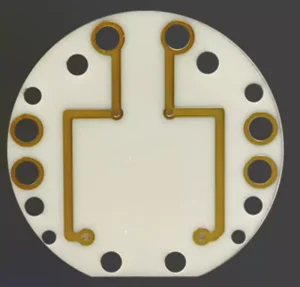
How ceramic PCBs achieve efficient heat dissipation without heat sinks
As the power density of electronic systems continues to increase, thermal management has become one of the core factors constraining product performance and reliability. Within traditional FR-4 PCB architectures, the

Why Impedance Control PCB Defines Modern High-Speed Electronics
Engineering Significance and Application Background of Impedance Control PCBs In high-speed electronic systems, signal transmission is no longer simply a matter of “connection is sufficient.” As signal frequencies increase and

Why ceramic substrates are less prone to solder joint cracking
In high-power, high-reliability electronic products, solder joint cracking remains one of the key failure modes affecting system longevity and stability. Particularly in power modules, automotive electronics, industrial control, and aerospace
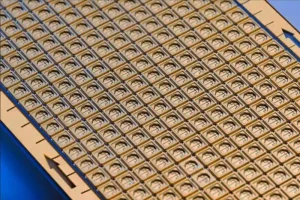
Why are ceramic PCBs generally more expensive than standard PCBs?
Within electronic products, PCBs, though fundamental components, directly impact the performance and reliability of the entire device. Many engineers observing design evaluations note a consistent pattern: switching from conventional FR-4

Applications of Ceramic PCBs in RF and Microwave Fields
Against the backdrop of advancing radio frequency and microwave technologies such as 5G communications, satellite navigation, and radar detection, systems now demand higher standards for signal transmission stability, high-frequency performance,
The Role of Ceramic Circuit Boards in Thermal Management for High-Power LEDs
With the rapid advancement of semiconductor lighting technology, high-power LEDs have gained widespread application in road lighting, industrial illumination, automotive lighting, and specialised lighting sectors due to their high luminous

Key Characteristics and Future Development of Weather Radar PCBs
Weather radar pcbs are printed circuit boards specifically designed for weather radar systems. They carry and connect the radar system’s critical electronic components, handling signal transmission, processing, and control. Weather
Advantages and Applications of PCB Weather Radar
PCB weather radar refers to radar systems manufactured using printed circuit board technology, specifically designed for meteorological detection and monitoring. Unlike traditional radar systems, PCB radar achieves a highly integrated,
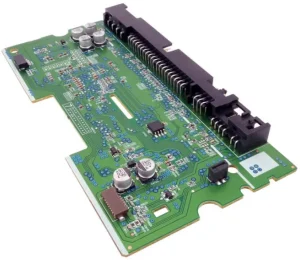
The Role and Development Trends of Computer PCB Boards
Computer pcb boards serve as the medium through which various hardware components—such as the central processing unit, memory, hard disk interfaces, and graphics cards—are interconnected via electronic circuit design. Functioning
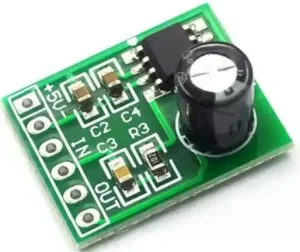
The Future Development of Small PCB Boards
Small pcb boards refer to base plates that secure and interconnect electronic components through circuit design. Compared to traditional circuit boards, these compact boards are typically employed in scenarios with
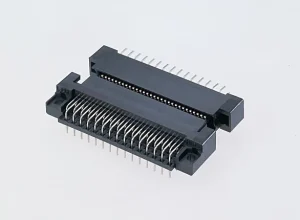
Why SMT Connectors Matter More Than You Think in Modern PCB Assembly
The Fundamental Role of SMT Connectors in Modern Electronic Systems In modern electronic products, connectivity is no longer just a matter of “conduction,” but a critical factor directly related to

The Role of PCB Sample in Electronic Product Development
PCB samples refer to the first trial circuit boards produced prior to mass production to validate circuit design and functionality. These samples are typically fabricated by design engineers or manufacturers

The Critical Role and Manufacturing Process of PCB Gold Fingers
PCB Gold Fingers are a row of exposed rectangular metal contact strips along the edge of a printed circuit board (PCB). Primarily used to enable pluggable electrical connections, they serve
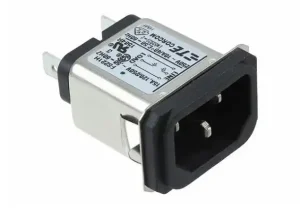
Radio frequency interference
Radio frequency interference (RFI) is interference that occurs at or very close to the frequency of the signal received by the receiver. The adverse effects caused by useless RF signals
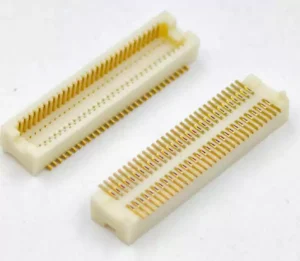
The function and selection of pcb board to wire connectors
PCB board to wire connectors (also known as wire-to-board connectors) are used to connect wires to printed circuit boards. These connectors are present in virtually all electronic devices, serving as
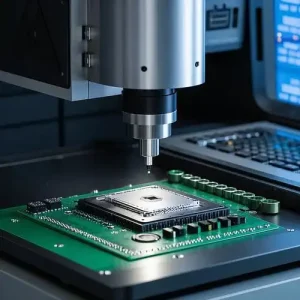
Applications and Advantages of Laser Engraving PCB Board Manufacturing
Laser engraving pcb board is a process that employs laser technology to etch and process printed circuit boards. This technique is commonly used for PCB marking, cutting, copper layer removal,
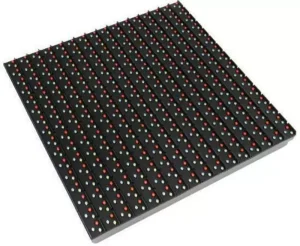
Structure and Design of Black PCB LED Strip
Black PCB LED strip refers to LED strip lighting products utilising printed circuit boards (PCBs) with black solder mask as their substrate. LED chips and associated electronic components are mounted
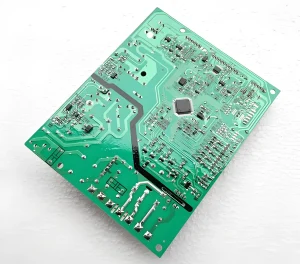
Refrigerator PCB Board Enables Reliable Smart Appliances
The Core Role of the Refrigerator PCB Board in Modern Refrigerators In modern home appliance systems, refrigerators are no longer simply refrigeration devices, but complex electronic systems integrating multiple functions
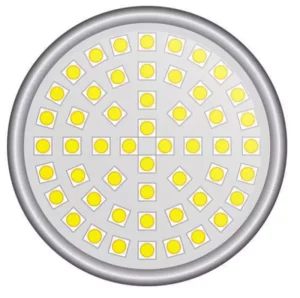
Applications and Prospects of SMD LED PCB Board
SMD led pcb board typically refer to circuit carriers employing SMT technology, whereby LED chips and associated electronic components are directly soldered onto the surface of a PCB board. Compared

Why green PCB boards have become the mainstream choice in the electronics industry
Printed Circuit Boards (PCBs) are the backbone of electronic devices, providing mechanical support and electrical connections for components. When you think of a PCB, the classic green color might come

Design and Application of Round PCB Board
Round PCB boards are printed circuit boards shaped into a circular (or near-circular) form. They share identical electrical functionality with conventional rectangular PCBs, differing primarily in structural configuration and application